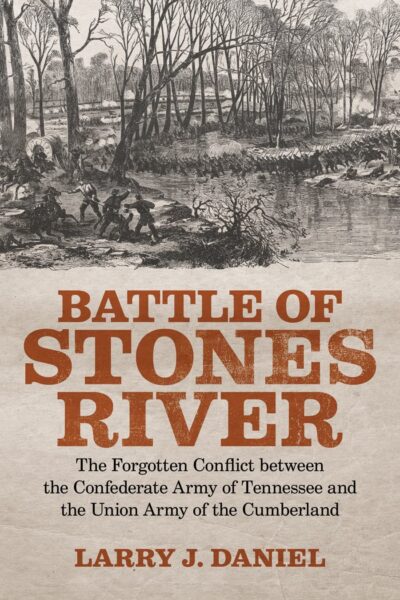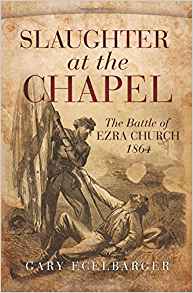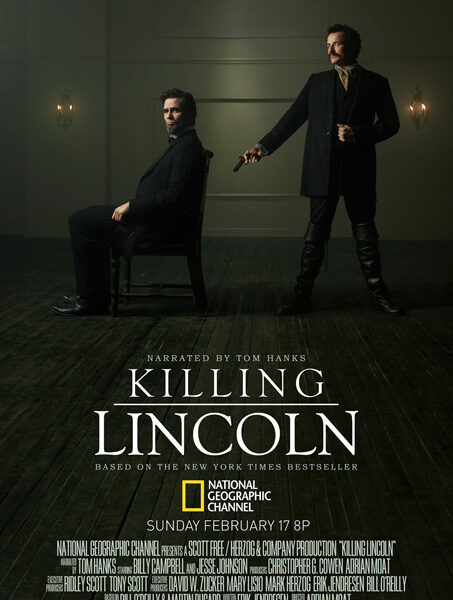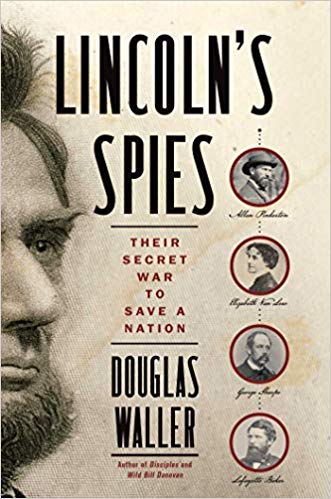In the current fractious political climate of the United States, concerns about racism, economic anxiety, and cultural pluralism are regularly voiced in an ongoing and divisive conversation about American ideals and national identity. Civil War memory has formed an important part of this discourse, especially in the aftermath of the 2017 “Unite the Right” rally in Charlottesville, Virginia, which betrayed a sympathy between Confederate commemoration, alt-right politics, and violent white supremacy. It is easy to imagine this polarized atmosphere is new—even as recent as the 2016 presidential election—but Nina Silber’s engaging history, This War Ain’t Over: Fighting the Civil War in New Deal America, reveals that Americans have invoked Civil War memory in moments of national turmoil before. Throughout the 1920s, 30s, and 40s, Silber argues, diverse groups of Americans utilized Civil War memory to help them make sense of the momentous domestic and international crises they faced. If the context sounds familiar, what makes this glimpse into New Deal America so remarkable is Silber’s insistence that Civil War memory was not always the province of far-right conservatives, but that it was once employed by progressives on behalf of social and political change.
Picking up where much of the existing scholarship leaves off, This War Ain’t Over examines the permutations of Civil War memory after the passing of the Civil War generation. “In the first few decades of the twentieth century,” Silber writes, “and especially in the 1930s, the memory of the Civil War was remade. More removed than ever from first person remembrances, the war came to Americans in new settings, through new types of narratives, and with new types of messages” (36). Some of the forces at work on Civil War memory in this transitional period included persistent regional, racial, and social divisions; a major economic crisis; the emergent cultural and political relevancy of women and African Americans; a flowering of the arts; and the looming threat of global conflict. In this complicated context, Silber says, the Civil War acted as a means of gauging the extent of the present crisis and offered up a wellspring of potential responses. The lessons Americans drew from Civil War memory varied widely according to region, race, politics, and class, but by focusing on popular interpretations of slavery and emancipation, Abraham Lincoln, and the Lost Cause, Silber is able to distinguish their competing perspectives.
The process of remaking Civil War memory began in the 1920s, as the iconoclastic influences of the “Lost Generation,” the “New Woman,” and the “New Negro” increasingly challenged the romanticism of the wartime generation. Artists and intellectuals of this period criticized wartime leadership and depicted the Civil War as futile and tragic. In the midst of the Great Depression, however, Civil War memory largely served to galvanize big government. According to Silber, white men often associated their suffering with the exploitation of labor under industrial capitalism. They felt a lack of dignity and humanity which they conflated with the plight of enslaved African Americans in the Civil War era. This served the interests of New Deal liberals, who sought to rally workers across party and color lines to support their reform agenda. Government intervention, in the form of New Deal programs, offered a means of “emancipation” for these “new slaves.” President Franklin Delano Roosevelt and his administration capitalized on this association, casting themselves as the true heirs of Abraham Lincoln—who Americans increasingly celebrated as an “every man” and a humanitarian, who utilized federal power to liberate the people. At the same time, the memory of Lincoln proved a unifying and animating force at the onset of World War II. Appealing to the memory of Lincoln inspired Americans to fight for democracy against the forces of “slavery” and oppression that characterized totalitarian regimes.
Drawing on a wide range of sources, both cultural and political, This War Ain’t Over is flush with interesting and compelling evidence. Readers of Silber’s earlier work, The Romance of Reunion: Northerners and the South, 1865–1900, will recall her skill in literary analysis; This War Ain’t Over allows her to demonstrate her skill in film analysis as well. Naturally, the 1939 film adaptation of Gone with the Wind looms large in this volume. Silber uses the Gone with the Wind to reflect on the cultural traction the Lost Cause still enjoyed, even if modern audiences had stripped it of some of its romanticism and sentimentality. Silber finds, however, that the film’s popularity was rooted in more than the Lost Cause itself. Conservatives, for example, saw in Gone with the Wind and its depiction of Reconstruction a warning of how the New Deal might expand federal power and still fail to relieve the suffering of white Southerners. At the same time, however, Gone with the Wind emphasized the virtue of resiliency in the face of adversity which many Americans, not only Southerners, celebrated in this era.
It is hard to do justice to the highly nuanced argument and extensive research contained within this relatively compact work. Taken as a whole, This War Ain’t Over reveals that Civil War memory is complex, defying neat regional, racial, and political categorization. Even within Gone with the Wind, a film normally treated as emblematic of the Lost Cause, Silber finds conflicting narratives. In so doing, she demonstrates that as influential as the Lost Cause has been, it was also never as monolithic or intractable as scholars might have supposed. By highlighting the tensions within Civil War memory, Silber offers important insight into how interpretations of the past are shaped by contemporary issues and reminds her readers that, long before “Unite the Right,” Civil War memory served political purposes.
Amy L. Fluker is an assistant professor of history at Youngstown State University.





